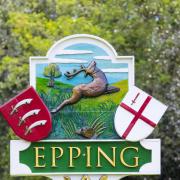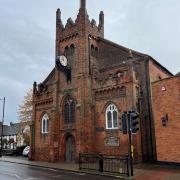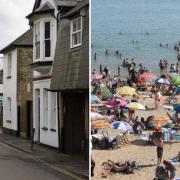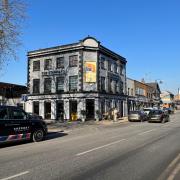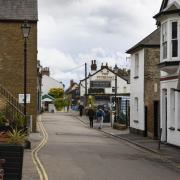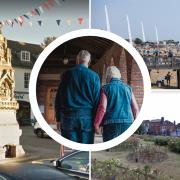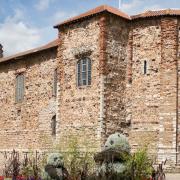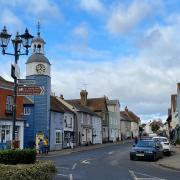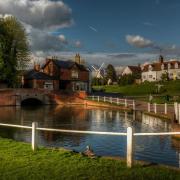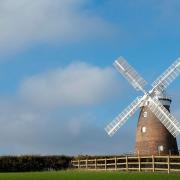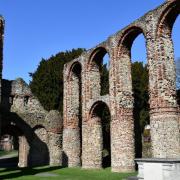Hadleigh Castle has a long history and has looked over centuries of our county’s past. Dick Turpin and his highwaymen are rumoured to have used Hadleigh Castle as a hide out after one of their audacious robberies and in recent times ghosts have been seen to be stalking its ramparts in broad daylight.

The castle, set on top of a steep embankment, is just a few minutes’ walk from Hadleigh’s main shopping centre. From its vantage point it has a commanding view over the Benfleet marshes, Leigh and most importantly of all the Thames Estuary. It was built in 1230 by Hubert de Burgh, one of the most powerful men in England at the time and the first Earl of Kent. From the outset the castle was an imposing structure built to the most up-to-date style of the day with towers projecting from the curtain the wall. Unfortunately Hubert lost both the castle and most of his lands when he got into an argument with the king over the marriage of his daughter to a minor noble some nine years later.
Henry III, the son of wicked King John, then extended the castle in order to defend the Thames against the French, who he was constantly at odds with over his claim to be Duke of Aquitaine, a title formally held by his uncle Richard the Lion Heart.

The castle is believed to be haunted by a number of ghosts, the main protagonists being the White Lady who is said to have hit a milkmaid over the head with a bucket almost breaking her neck. However, the most gruesome of all the apparitions said to haunt the ruins is Black Shuck, a large black dog with red eyes, which was seen stalking around the grounds by a group of Essex school children playing in the castle as recently as 1980.
It is widely believed that in the 18th century Dick Turpin and the famous Essex gang used the ruins of the castle as hide out from the law before Turpin made his ill-fated ride to York on Black Bess where he was hanged in 1739.
These romantic ruins, painted by John Constable and now maintained by English Heritage, are sited on a beautiful spot overlooking the Essex marshes as they gently roll down to the river. Even though Dick Turpin may have fled long ago on his trusty steed, this historic setting still maintains an air of mystery and must rank as one of the jewels in the historic crown of Essex.
Here I have shared just a selection of some of my images of the castle.




